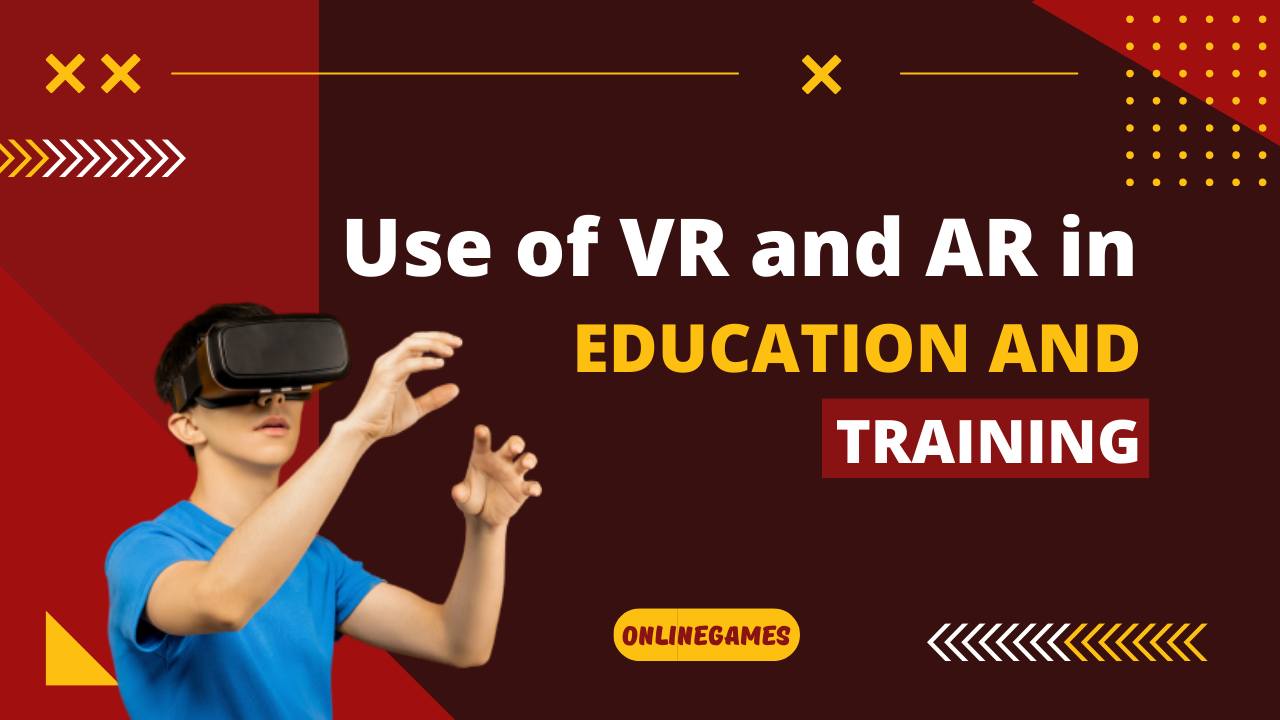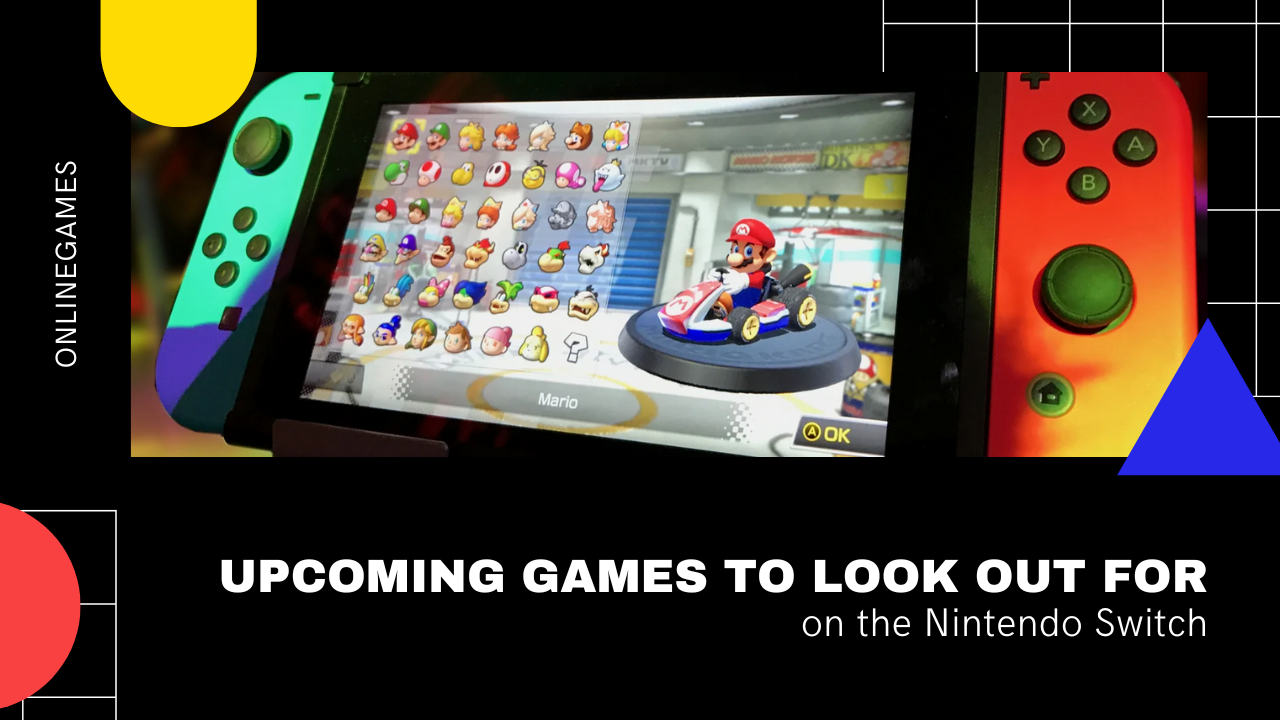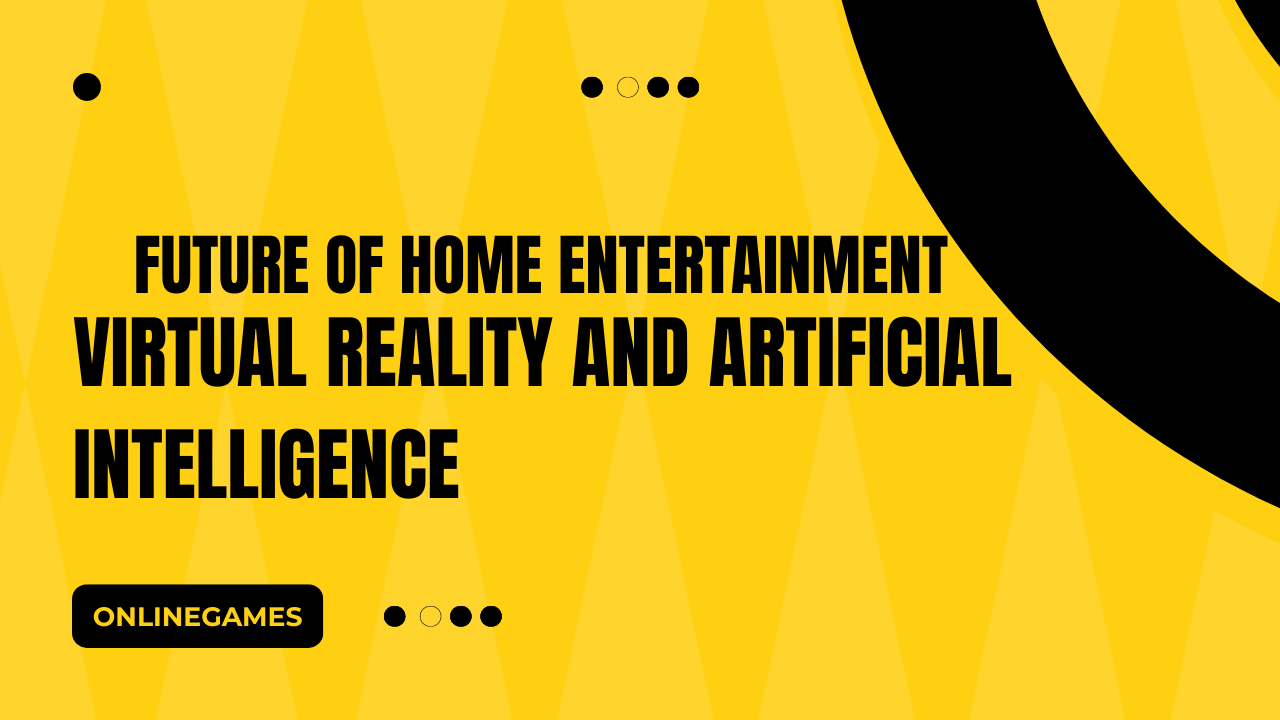Virtual Reality (VR) and Augmented Reality (AR) have revolutionized the landscape of education and training, offering immersive experiences that engage learners in unprecedented ways. These technologies go beyond traditional methods by simulating real-world environments and scenarios, making learning interactive and dynamic.
Enhancing Learning Through Immersive Experiences
In education, VR and AR bridge the gap between theory and practice. For instance, in medical training, students can simulate surgeries or diagnose patients within a virtual environment, providing a risk-free space to learn and refine skills. This hands-on approach enhances retention and comprehension, as learners actively participate rather than passively absorb information.
Practical Applications Across Various Disciplines
Across disciplines such as engineering, architecture, and astronomy, VR and AR enable students to explore complex concepts visually. In architecture, for example, students can walk through virtual buildings, understanding spatial relationships and design principles tangibly. Similarly, in astronomy, VR allows learners to journey through the cosmos, visualizing celestial bodies and phenomena that are otherwise abstract.
Benefits of VR and AR in Education and Training
Engagement and Motivation
One of the key advantages of VR and AR is their ability to captivate learners. By transforming lessons into interactive experiences, these technologies increase engagement and motivation. This is particularly impactful in STEM (Science, Technology, Engineering, and Mathematics) fields, where complex theories can be challenging to grasp through traditional methods alone.
Personalized Learning Paths
VR and AR also facilitate personalized learning. Through adaptive simulations, educators can tailor experiences to individual student needs, providing targeted interventions and feedback in real-time. This approach not only accommodates different learning styles but also ensures that each learner progresses at their own pace, fostering a deeper understanding of the subject matter.
Cost-Effective Training Solutions
In corporate training environments, VR and AR offer cost-effective solutions by reducing the need for physical resources and minimizing logistical challenges. For example, employees can undergo safety training simulations without risking real-world accidents, ensuring preparedness in a controlled, virtual setting.
Challenges and Considerations
While VR and AR present significant benefits, adoption in education and training is not without challenges. Cost remains a barrier to widespread implementation, as the initial investment in technology and development can be substantial. Furthermore, ensuring accessibility and equity in educational settings requires thoughtful consideration of how these technologies can be integrated without creating disparities among students.
Overcoming Barriers to Implementation
To address these challenges, collaborative efforts among educators, technologists, and policy-makers are crucial. By advocating for funding initiatives and research grants focused on VR and AR applications in education, institutions can accelerate innovation and broaden access to these transformative technologies.
Future Trends and Innovations
Emerging Technologies in VR and AR
Looking ahead, advancements such as haptic feedback and real-time collaboration are poised to enhance the capabilities of VR and AR even further. Haptic feedback allows users to feel tactile sensations within virtual environments, adding a new dimension of realism to simulations. Meanwhile, real-time collaboration enables remote learning experiences where students and instructors can interact synchronously, regardless of geographical location.
Integration with AI and Machine Learning
The integration of Artificial Intelligence (AI) and Machine Learning (ML) is another frontier in VR and AR development. AI-powered algorithms can adapt simulations based on user interactions, making learning experiences more adaptive and personalized. In language learning, for instance, AI can analyze speech patterns and provide instant feedback to learners practising pronunciation within an AR environment.
The use of VR and AR in education and training represents a paradigm shift in how knowledge is imparted and skills are honed. These technologies not only enrich learning experiences but also empower educators and learners alike to explore, create, and collaborate in ways previously unimaginable.










